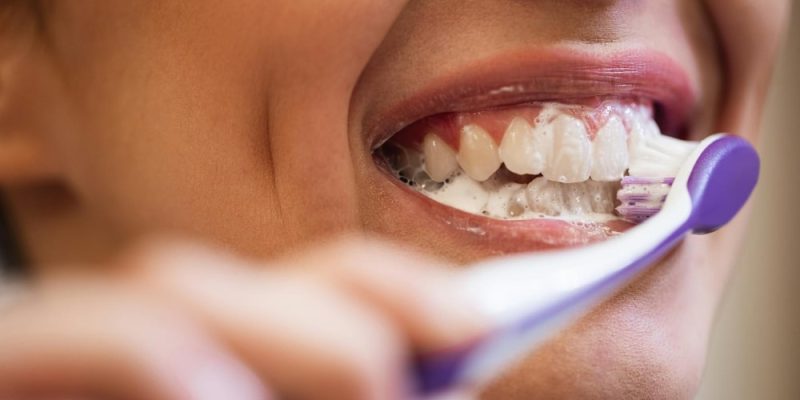- Max Super Speciality Hospital, Sector-128, Noida
- CLINIC : + 91 8076243481
Blog

Details
READING TIME
3 min
CATEGORY
Blog
AUTHOR
Dr. Praveen Kumar
How to Properly Brush and Floss for Optimal Oral Hygiene
Maintaining optimal oral hygiene is crucial for a healthy smile and overall well-being. Brushing and flossing are the foundation of a good dental care routine, yet many people may not be doing it correctly. In this comprehensive guide, we'll delve into the proper techniques for brushing and flossing to help you achieve optimal oral health.
Importance of Brushing: Brushing your teeth is the cornerstone of good oral hygiene. It helps remove plaque, bacteria, and food particles that can lead to tooth decay and gum disease. To brush effectively, follow these steps:
- Use a soft-bristled toothbrush and fluoride toothpaste.
- Hold the toothbrush at a 45-degree angle to the gums.
- Brush in gentle, circular motions, covering all surfaces of the teeth.
- Don’t forget to brush the tongue and roof of the mouth to remove bacteria.
Proper Technique for Flossing: Flossing is equally important as brushing for maintaining oral health. It helps remove plaque and food debris from between the teeth and along the gumline. Here’s how to floss correctly:
- Break off about 18 inches of dental floss and wind it around your middle fingers, leaving a few inches of floss to work with.
- Hold the floss tightly between your thumbs and forefingers and gently insert it between the teeth using a back-and-forth motion.
- Curve the floss into a C shape around each tooth and glide it up and down to clean the sides.
- Be sure to floss both sides of every tooth, including the back molars.
Frequency and Timing: Ideally, you should brush your teeth at least twice a day, in the morning and before bedtime, and floss once a day. However, it’s also essential to brush or rinse your mouth with water after consuming sugary or acidic foods and beverages to prevent enamel erosion.
Additional Tips for Optimal Oral Hygiene:
- Replace your toothbrush every three to four months or sooner if the bristles become frayed.
- Consider using an electric toothbrush, which can be more effective at removing plaque.
- Use fluoride mouthwash to help strengthen enamel and reduce the risk of cavities.
- Schedule regular dental check-ups and cleanings to detect any oral health issues early on.
About Us
Dr. Praveen Kumar is a distinguished professional who holds a Master’s Degree in Dental Surgery from Meerut University, he furthered his education with an MBA in Health Care Administration from FMS, Delhi University. Dr. Kumar is a Diplomat of the World Congress of Oral Implantology and a Fellow of both the Pierre Fauchard Academy and the International College of Dentists. Dr. Kumar is a Diplomat of the World Congress of Oral Implantology and a Fellow of both the Pierre Fauchard Academy and the International College of Dentists.
Information
- Developed By Online B2B Digital Technology © 2024 – All Rights Reserved
